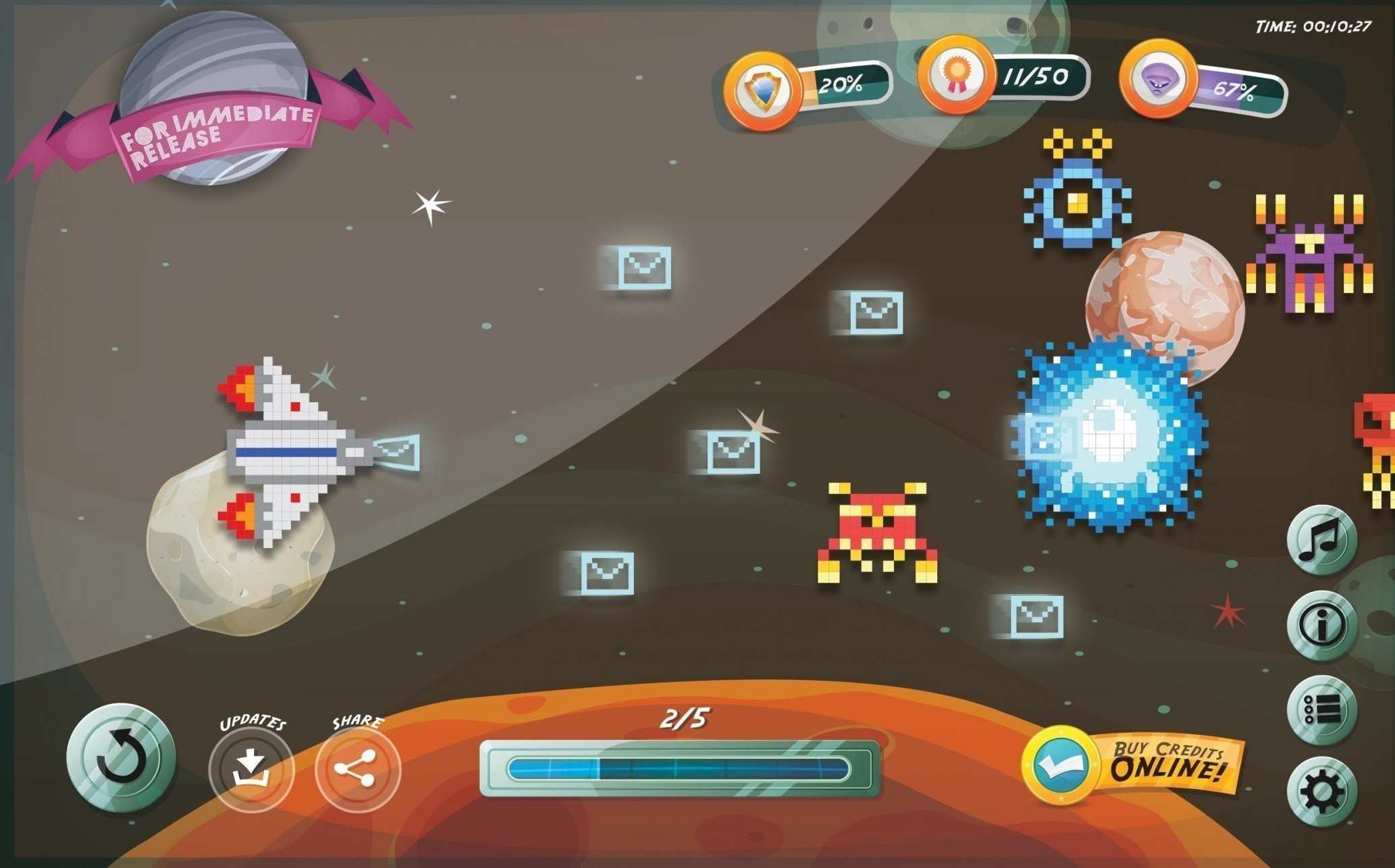For Immediate Release is a series in which we analyze best practices for public relations efforts. This is the second in the series. To see others, follow the For Immediate Release tag on the Foundry.
It often goes this like this: You want to tell stakeholders about something. You write a news release which goes on your wire service, or to a database of 500 reporters. Not a single reporter contacts you, yet your PR software says your “coverage” value was in the neighborhood of $100,000.
If this sounds familiar, you’re wasting your PR dollars. Check out my last post on For Immediate Release, where we talked about the problem with PR’s antiquated measurements. Today, though, we talk about how to fix this problem. And believe it or not, it doesn’t necessarily mean killing your contract with your PR software.
The PR Software Problem
I’ve had contracts with several PR software services, and have demoed all the major players. These contracts range from $5,000 to essentially being worth someone’s salary. They all work something like this: the company provides a database of journalists, as well as the software to reach them and track coverage.
However, for most mid-size businesses, there is a better way.
I was a journalist in what now feels like a past life. They get hundreds of emails a day. People pitch products for topics reporters don’t even write about and in locations they’ve never heard of. So when you use a PR software to blast 500 reporters thinking “the more the better,” you’re actually just adding to the fire of frustration. I once heard Carl Cannon, the editor of RealClearPolitics.com, put it like this:
“Most pitches are completely irrelevant, and every irrelevant pitch hurts your credibility. You have to be interesting, you have to be brief, and you have to be relevant.”
PR: Polish Relationships
To get real coverage – you know, the kind a real person writes and another real person reads – you have to build relationships. You don’t do that by filling a reporter’s inbox with uninteresting content. However, you can and should use your PR software’s expansive database to narrow down to the best possible targets for your efforts.
Search your PR software’s database for writers within your industry. Consider a range of organizations, too, from trade pubs to traditional newspapers to bloggers. Instead of emailing a random 500, you should really focus on building relationships with fewer than 20 (I’m generalizing for most mid-sized businesses). With a manageable number, you can do your homework and customize your pitches to fit their exact beat (topics they cover). This means no more widespread blasts. While personalizing your pitch, don’t be afraid to compare your story to something they’ve recently covered, and remember: flattery will get you everywhere.
Interact Outside of the Release
Many PR databases have the writers’ Twitter profiles. Before you send your pitch, follow them, retweet their work, do whatever you can to ensure they know you exist (well, without seeming stalkerish). That name recognition will increase the odds of them opening and maybe even reading your email.
Be Brief
Remember – hundreds of emails per day. Keep it under two paragraphs. Period.
No Matter What – Follow Up
After you send your release, have a set time frame in mind in which you will follow up with your reporters. It may be a week, it might be two. In some cases you’ll find they just didn’t see it. In others, they may not be interested, but even if they aren’t, try and find out why. This presents a great opportunity to learn how to improve your release for other reporters, and what type of releases that particular reporter is interested in. During this process, just remember to be courteous. Reporters these days are often doing the work of three people, working late hours all while (often) making meager wages.
By tapping your software’s database for more personal connections, you should be able to get more quality coverage. If your story gets picked up by a writer who is syndicated, you may even see your story pulled into the news wire (you know, the one that actually gets pulled into newspapers and real people read).
On the next round of For Immediate Release, we’ll take a look at how to successfully introduce products or services to market with those widespread blasts. Yep, that’s right. Those things I just told you not to do? We’ll talk about ways to be successful with just that. If you can’t wait until the next FIR, let’s talk today.

